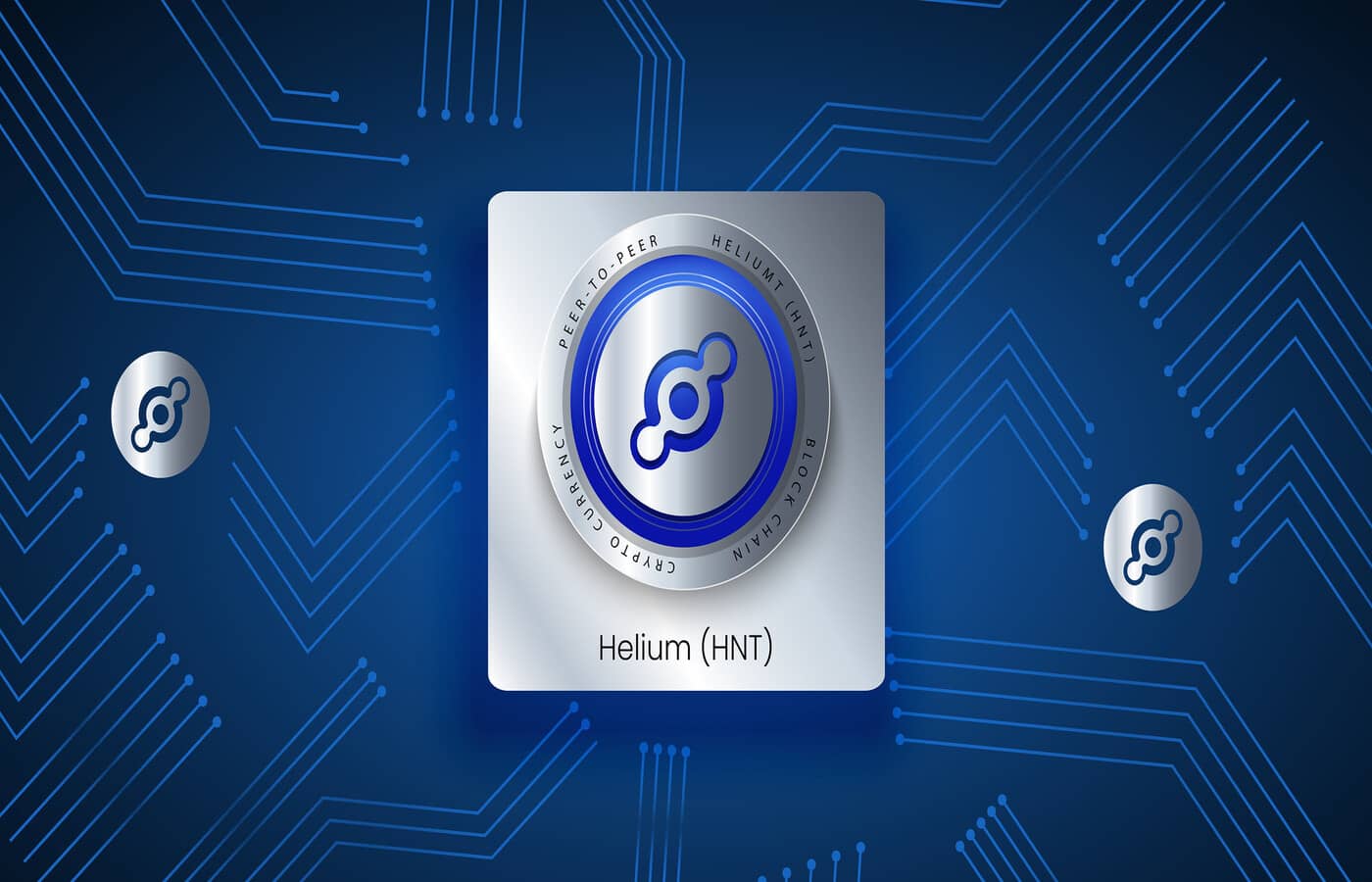Helium Network Move To Solana Blockchain Completed

According to the official announcement, Helium’s migration from its own blockchain to Solana began on 18 April at 9 AM PT/4 PM UTC. It was a 24-hour process that temporarily suspended the Helium blockchain smart contracts and regenerated its key metrics on Solana. The major purpose of this transition is to boost the scalability and stability of the Helium network.
Developers have mapped Helium tokens (HNT) and MOBILE tokens on the Solana blockchain during the process. Therefore, tokens belonging to the Helium blockchain have now become native Solana tokens after the migration.
The move to SOL is expected to bring remarkable advances in the Helium Network, including lower costs, greater stability, and increased speed, as per Helium’s blog post. Moreover, the IoT platform plans to leverage the resources and expert developer community available in the Solana blockchain network.
After switching to Solana, most of the crypto community notice no difference other than the improved performance of the Helium network, Helium Foundation’s COO, Scott Sigel said. Helium started the blockchain journey using its own architecture and felt that this limited its development, he told Fierce.
On the other hand, Solana is an expert in building that network and designing a general-purpose blockchain. Therefore, Helium prefers to move towards SOL rather than struggle to do so, he added.
Helium Community Response
The unveiling of Helium’s transition from its native blockchain to Solana drew mixed reactions from the crypto community. Many expressed concern about the stability of the Solana network. While others greeted the news with excitement, one user called it a smart move.
Another user tweeted:
“Solana isnt very stable. Don’t pretend like it is….”
Meanwhile, Solana has gained a negative reputation for its frequent outages. The most recent outage occurred in November 2022. Despite efforts to fix the issues, Solana again faced technical issues this year. In February, users faced problems completing transactions on the mainnet.
Helium is a blockchain-based network that was introduced in July 2019. It is designed to give long-range connectivity to IoT devices. The Helium mainnet enables wireless gadgets to link together and transmit data across its network of nodes. Moreover, clients who operate nodes thus mine and receive rewards in HNT tokens, Helium’s native cryptocurrency.
According to the report, Helium is now the world’s largest LoRaWAN network with nearly 1 million hotspots deployed and coverage in over 70,000 cities and towns in 192 countries.
Helium Improvement Proposal 70 was launched in September 2022 to determine whether the project should be moved to Solana. The proposal received notable support, with 81.41% of the vote in favor of migration. Out of 7447 votes, 6177 were in favor and 1270 were against.








